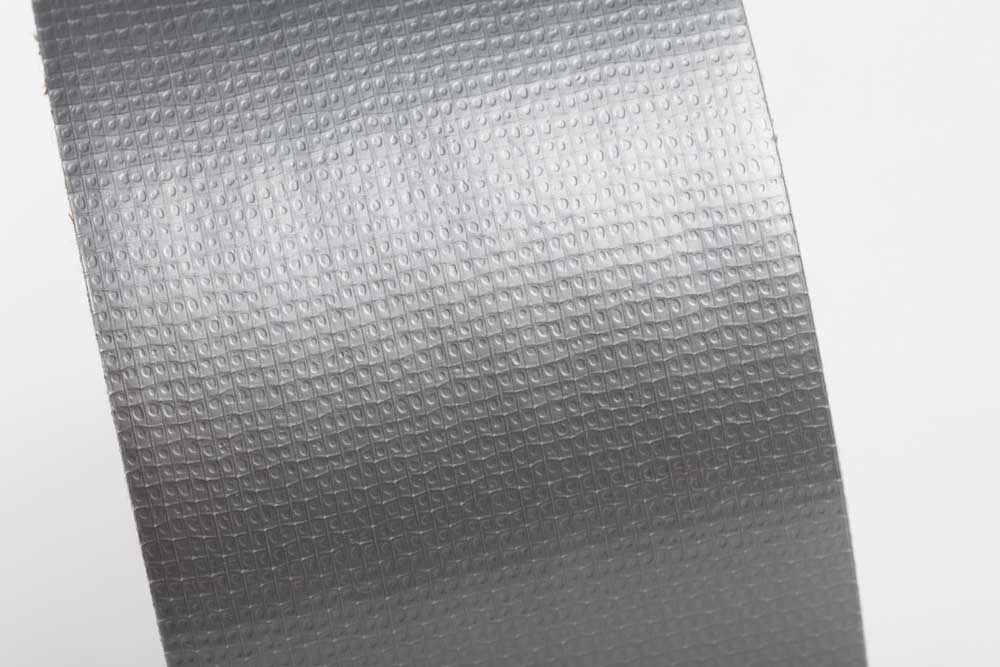The long and sticky story of duct tape
Published 11:28 am Tuesday, February 23, 2021

- Duct tape may appear boring, but its history and versatility are fascinating.
While this reporter is fond of just about all of the themes we at GO! Magazine have drummed up over the past year, “Holding it together” is special because any literal interpretation of that phrase must include duct tape. Duct tape is magical, a day-saver, as handy a tool for on-the-spot repairs when some manmade part fails, as things made by man tend to do eventually. As many a wiser person than I have observed, if duct tape can’t fix something — at least long enough until proper repairs can be made — it’s probably time to throw that thing away.
Long before its use expanded into arts and crafts, duct tape was an idea from the mind of Vesta Stoudt, an ordnance plant worker during World War II, according to Kilmer House, a blog of Johnson & Johnson, which first manufactured the tape.
During the war, Stoudt, a mother with two sons then in the Navy, worked in an ordnance plant, where she had the extraordinary idea to make a durable, waterproof tape for sealing boxes of cartridges for rifle grenades.
“The cartridges were packed eleven to a box, and the boxes were taped and waxed to make them waterproof and damp-proof. The box flaps were sealed with thin paper tape, and a tab of tape was left loose so that it could be pulled to release the waterproof wax coating and open the box. The problem was that the thin paper tape wasn’t strong enough, and the tabs frequently tore off when soldiers pulled on them to open the ammo boxes, leaving them frantically scrambling to claw the boxes open while under enemy fire.
Lives were at risk — including the lives of her sons. So Vesta Stoudt came up with a solution: seal the boxes with a strong, cloth-based waterproof tape instead of the thin paper tape.”
That only problem was that Stoudt couldn’t get much traction with her bosses down at the ol’ ordnance plant, so she did what any enterprising mother might have: She wrote to President Franklin D. Roosevelt in 1943, where she had considerably more success.
Eventually, Stoudt’s letter made it up the chain of the War Production Board, and Johnson & Johnson was tapped to make the first iteration, which was green, not gray, and known as “Duck Tape” (not to be confused with the brand), possibly for its waterproof nature and the fact that it was made with cotton duck fabric.
According to Karl Kruszelnicki, no one’s really sure about the reason for the name, but no matter what it was called, its utility was readily apparent, evident in the nicknames it picked up:
“In the racing car business, it is called ‘100 mile-per-hour tape’ and ‘200 mile-per-hour tape,’ because it will stay on cars at that speed. Airforce technicians call it ‘1,000 mile-per-hour’ tape, because it will stick to the radome (radar domes) of jet fighters at that phenomenal speed,” the doctor wrote. “The very first use of the phrase ‘duct tape’ … seems to be in 1970, when the bankrupt Larry Plotnik Company of Chelsea,
Massachusetts, unloaded 14,000 rolls of the stuff.”
Whatever you call it, duct tape’s versatility may be unrivaled. Besides holding what would otherwise be junk together, it has been drafted into service for all manner of things, including wart removal, high-price artwork and saving space missions.
And we owe it to Vesta Stoudt, a mom whose own stick-to-it attitude changed the world.






